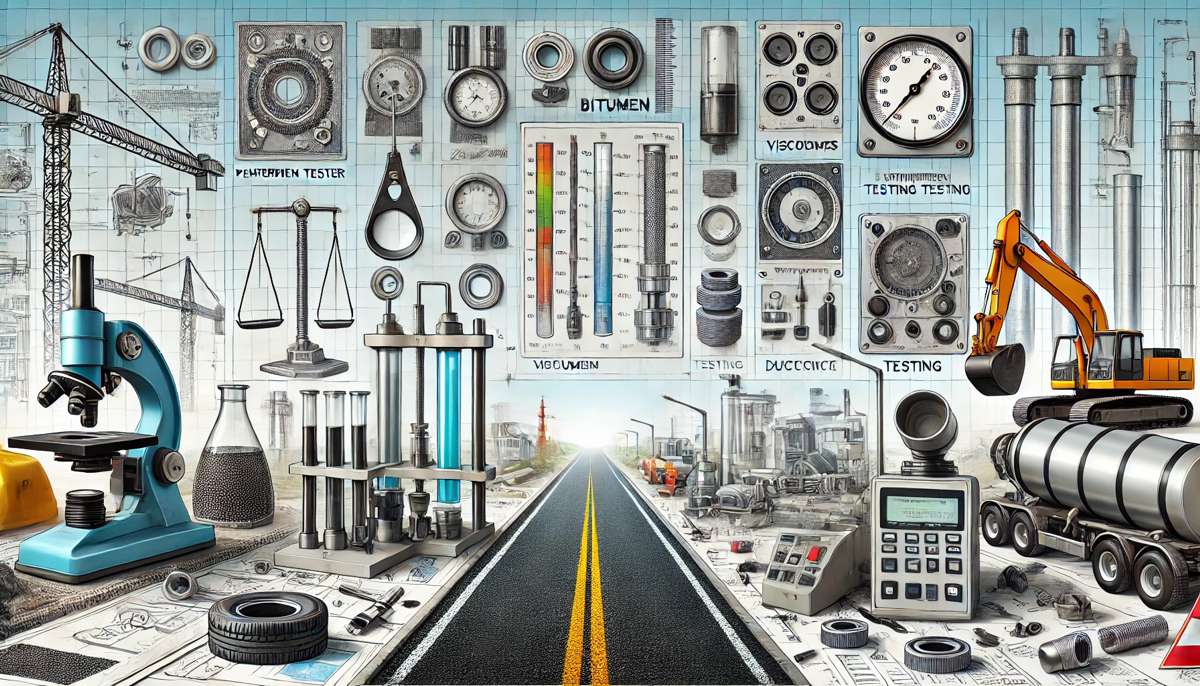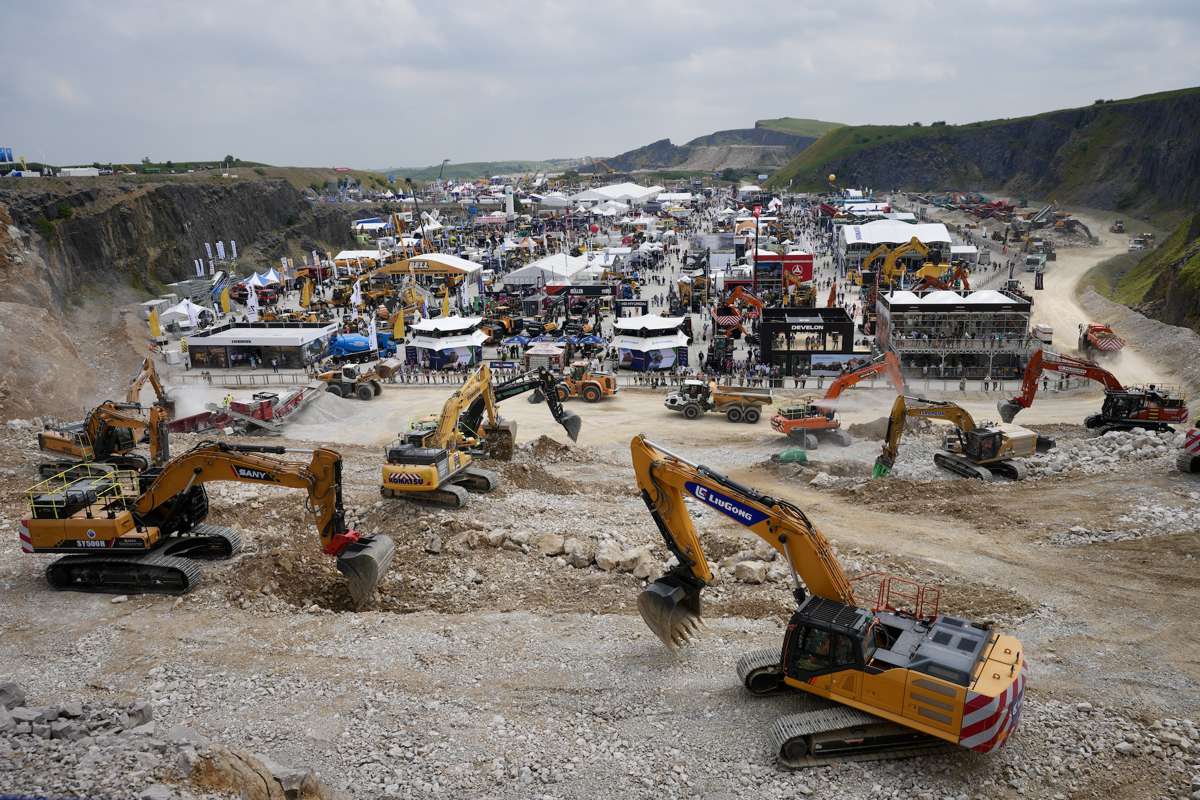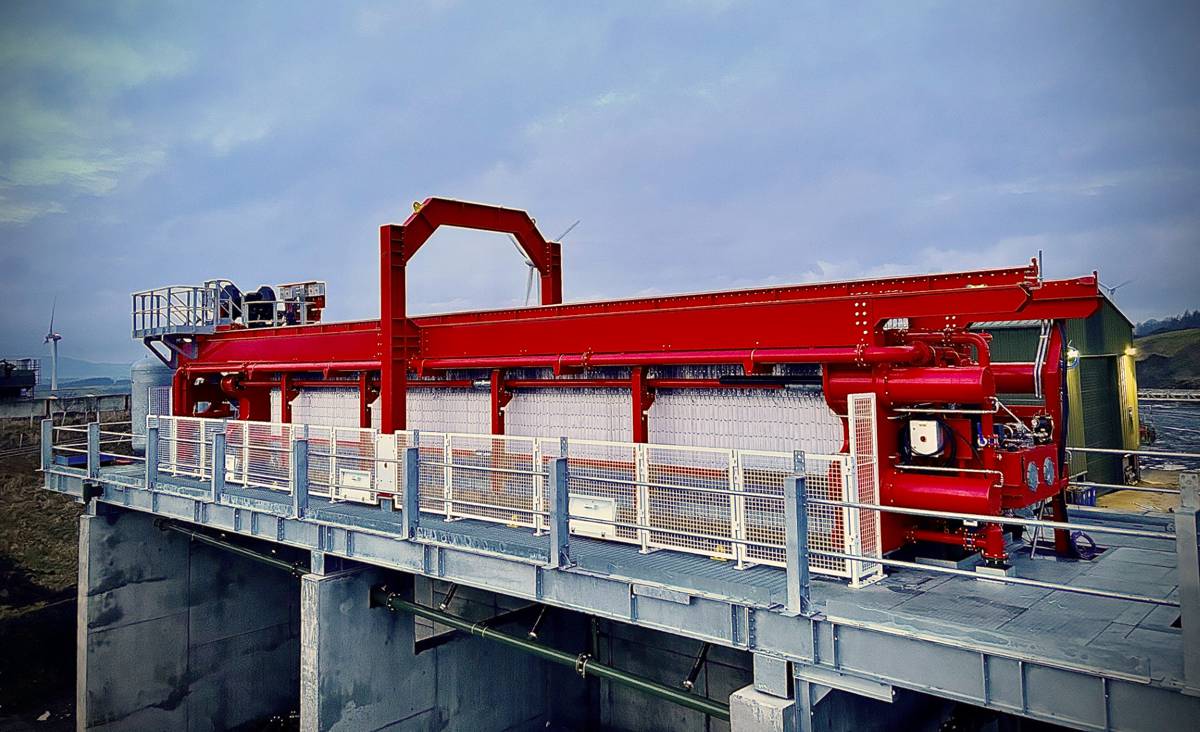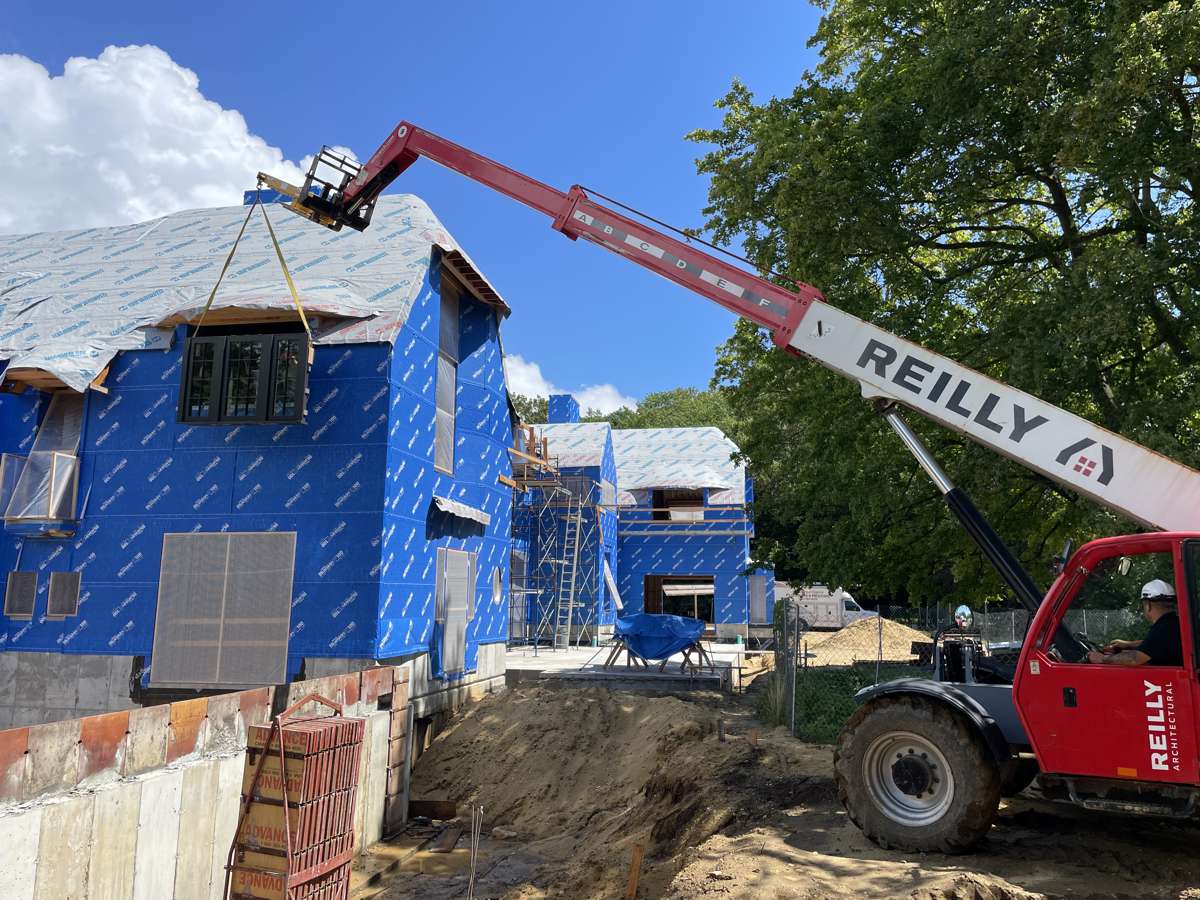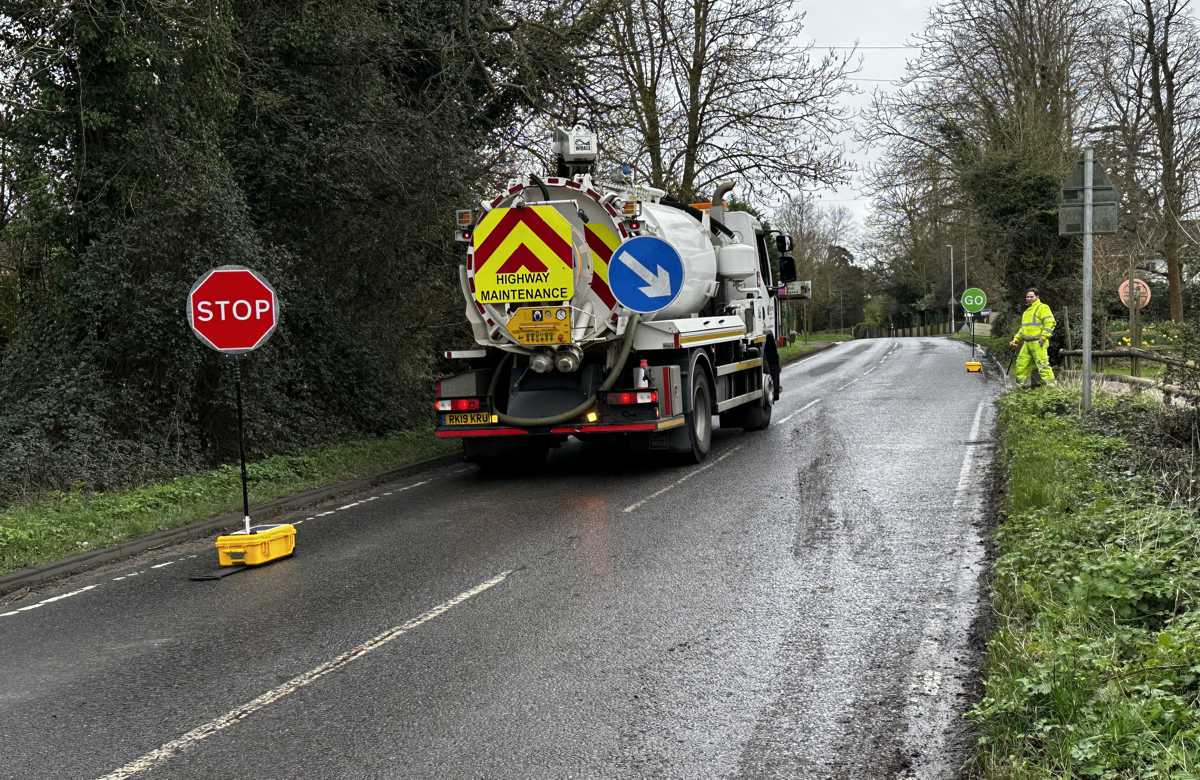Putting measurement at the heart of UK domestic retrofit
The PAS2035 building standard encourages a whole-house approach to retrofit and places assessment, design and evaluation of a joined-up solution at the heart of all retrofit activity.
The PAS2035 standard applies to all publicly funded retrofit programmes, such as ECO4, and is supporting the growth of the residential retrofit market in the UK. The standard is also being adopted voluntarily by many housing associations, private landlords and investors to help provide consumer protection and safeguard residents.
Joined-up thinking is key to understanding the interrelationship between insulation, air tightness and the ventilation needs of properties. The whole-house approach is essential, but so is accurate data about the in-use energy efficiency of a building. Without this, there is a very real risk that the industry is carrying out retrofit measures without truly understanding what specific upgrades are needed for that specific property – which, as research often shows, may perform very differently than first assumed. Effective measurement creates an informed retrofit design process, where the real thermal performance impact is understood.
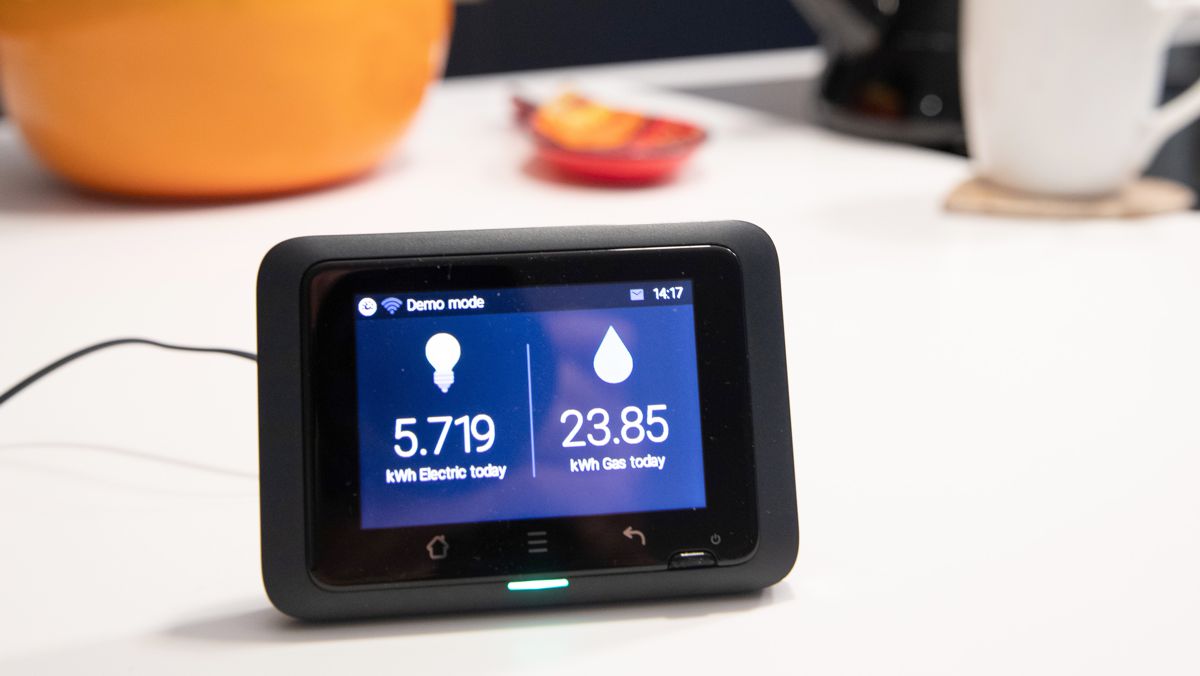
No two buildings are ever the same
Luke Smith, managing director at Build Test Solutions (BTS) explained: “PAS2035 is a technical standard that everyone should embrace because it helps build customer trust in the UK retrofit market. Building on the PAS2030 retrofit installation standards, PAS2035 focuses on the assessment, design and handover of retrofit projects. It’s essentially a recognition of the fact that no two houses are the same, so objective assessment and measurement of each home pre and post retrofit is key to ensuring quality outcomes for residents and to build confidence in installers who are helping decarbonise our homes.
“As the old saying goes, you can’t manage what you don’t measure. The industry currently relies on standards that are based on fairly blunt assumptions to measure building impact. Without effective, accurate measurement that verifies and validates those assumptions, the true success or failure of a retrofit project cannot be known.”

The future is measurement
Building performance measurement has traditionally been used in academia, in projects with government funding or in universities testing small groups of houses for research. But thanks to the development of new technologies, this previously small-scale specialist practice is now set to expand.
PAS2035 is just the start of new regulations that are set to influence the retrofit industry. As the accessibility and affordability of measurement solutions continues to progress, regulations will become increasingly outcomes-based and will put the onus on developers and installers to prove the performance of their work. Contractors are also likely to start taking measurement into their own hands, either bringing the capabilities in house or by commissioning a measurement testing sub-contractor to provide an independent assessment of the work.
Luke continues: “BTS is trying to challenge the value that the industry places on performance measurement by creating new measurement systems that are accessible, affordable and simple to use.
“We want measurement to be increasingly adopted into the mainstream industry and regulations. We are already seeing small signs of change, such as the EPC Action Plan, which is looking to open up input fields that allows positive SAP assessment measurements to be rewarded and reflected in the EPC ratings.
“PAS2035 and the requirements this places on air tightness testing and post works evaluation is just the tip of the iceberg. There is so much more the industry can do to objectively assess U-values, thermal performance and ventilation flow rates. Effective measurement will ensure retrofits are properly specified, heating systems correctly sized and crucially allow proof that retrofit objectives have been met.”
BTS believes that measurement helps encourage the industry to not only design whole-house retrofits with a medium to long-term plan in mind but to ensure they perform as intended. Retrofit measures don’t need to be carried out all at once, but the interdependency between insulation, ventilation and size of heating systems must be considered to allow for a collaborative approach that will have the greatest impact on a building and its residents.




